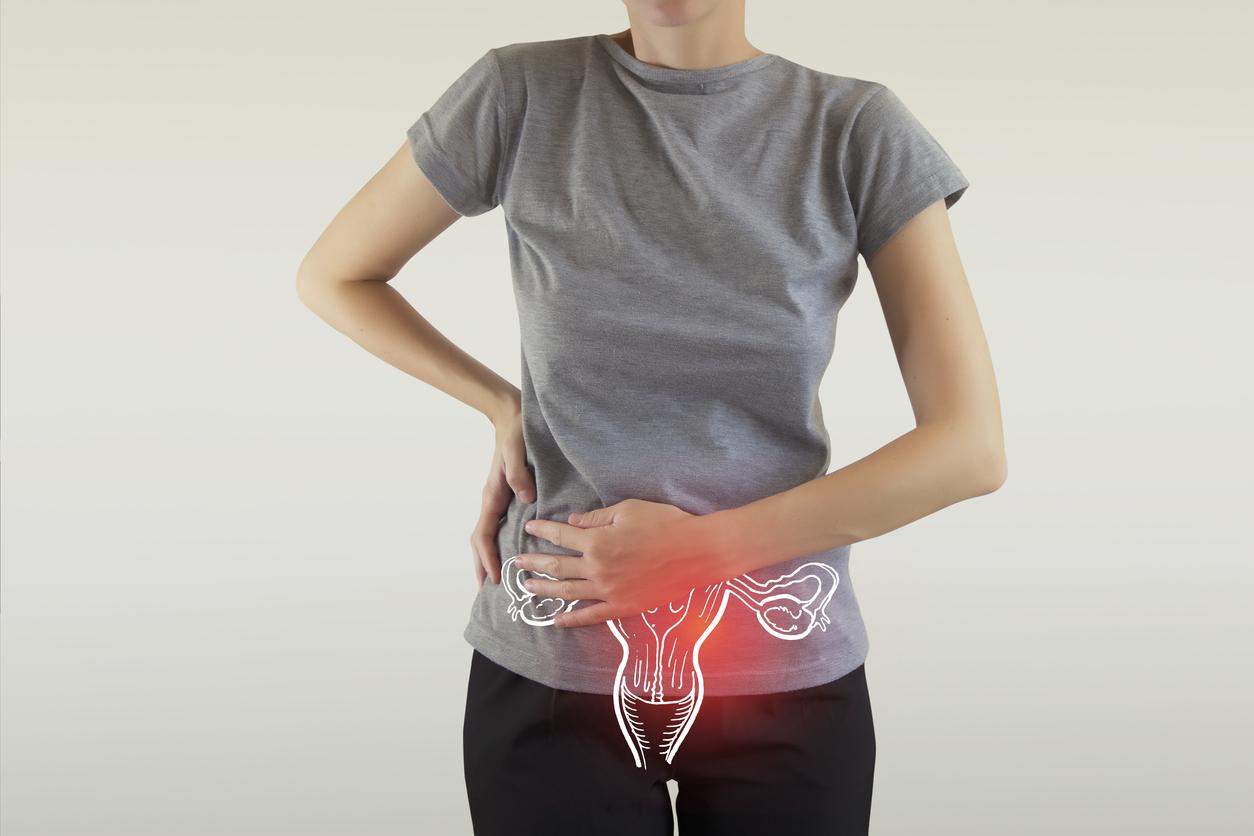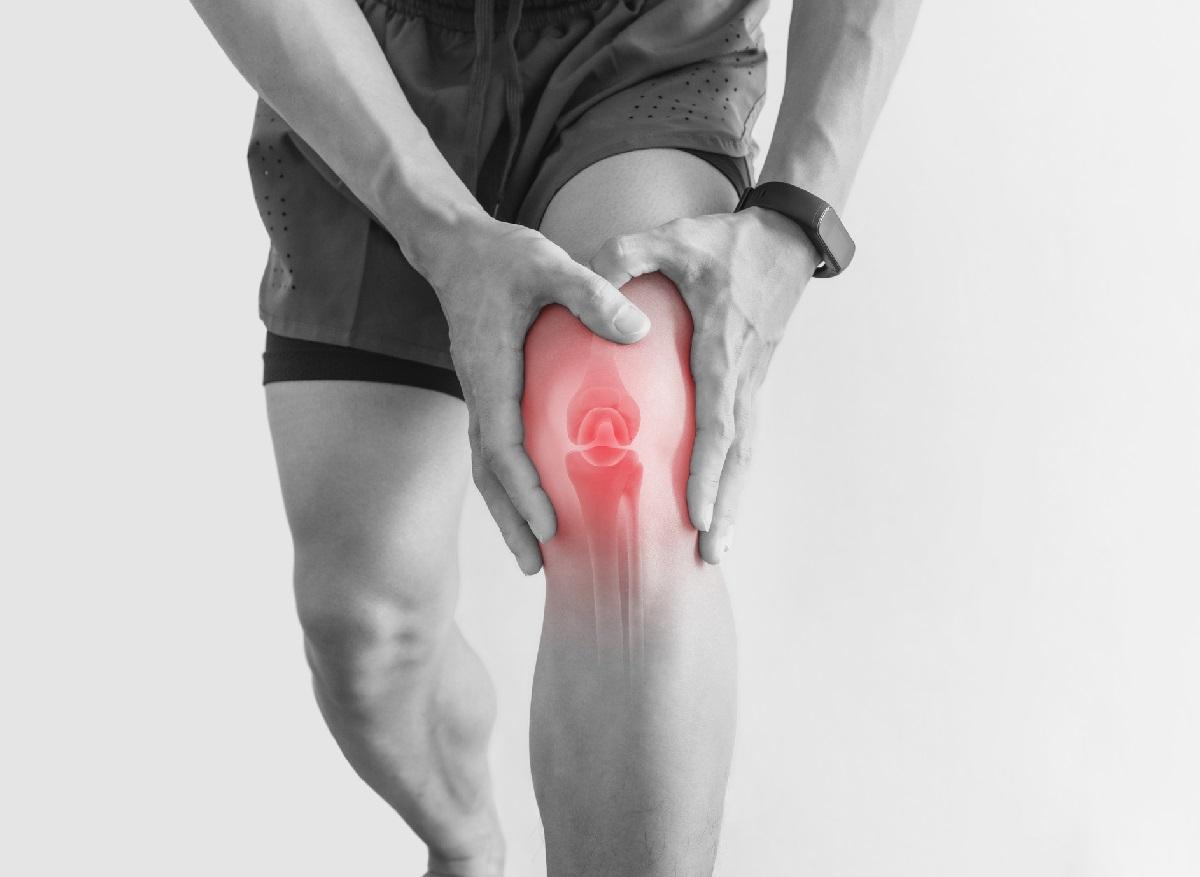Swedish researchers have discovered an organ, in the form of a network of subcutaneous glial cells of a new kind, capable of responding to painful stimuli independently. A potential avenue to better treat chronic pain.

Until now, scientists thought that the sensation of pain was transmitted via peripheral receptors located under the skin. Their electrical insulation is provided by Schwann cells, peripheral glial cells that surround the axons of neurons, which transmit the signal to the brain. However, Swedish researchers have now discovered a new type of Schwann cell, glial cells capable of feeling pain on their own.
According to their study published on August 16 in the journal Science, it would be an organ forming a network of meshes in the upper subcutaneous layer capable of detecting dangerous environmental stimuli and of triggering the mechanical transduction of pain.
In their study, Patrik Ernfors of the Karolinska Institutet in Stockholm and his colleagues introduced a light-sensitive protein into mouse Schwann cells to stimulate them with a laser. When the light was on, the rodents had pain: they licked themselves or waved their paws. Then the researchers deactivated the Schwann cells involved in this mechanism and exposed the animals to cold, heat and pinpricks. They were then able to notice that only the pain induced by the latter decreased. Thus, these glial cells, “nociceptive Schwann cells”, would only be sensitive to mechanical pain, they concluded.
A path to the treatment of chronic pain
“We demonstrate the existence of a hitherto unknown organ with an essential role in the detection of painful stimuli. These mechanosensitive glial cells by nature are intimately associated with unmyelinated nociceptive nerves and transmit nociceptive information to them”, explains Patrik Ernfors .
If this study carried out on mice does not necessarily imply that these nociceptor Schwann cells have the same role in humans, “all the sensory organs previously discovered in mice have also proven to be present in humans”, recalls Patrik Ernfors at the site Gizmodo.
Thus, in the long term, this discovery could perhaps help to treat chronic pain such as peripheral neuropathiesthe researchers hope.
Peripheral nervous system neuron dysfunction
Peripheral neuropathy is a disease of the nervous system. In detail, it involves a dysfunction of the neurons of the peripheral nervous system (we speak of peripheral nerve as opposed to the central nervous system which includes the brain and the spinal cord). In most cases, the disease affects people over 65 and diabetics. It is characterized by numbness, discharge, tingling and parathesis (trouble in the sense of touch) and can therefore very quickly upset the daily lives of those affected.
In addition to painkillers and antiepileptics to relieve symptoms, psychological support is often offered to patients to teach them how to live with their illness. They are also often offered acupuncture and relaxation sessions to improve their daily lives. Finally, it is strongly recommended that they secure their homes in the event of falls or injuries.

.

















